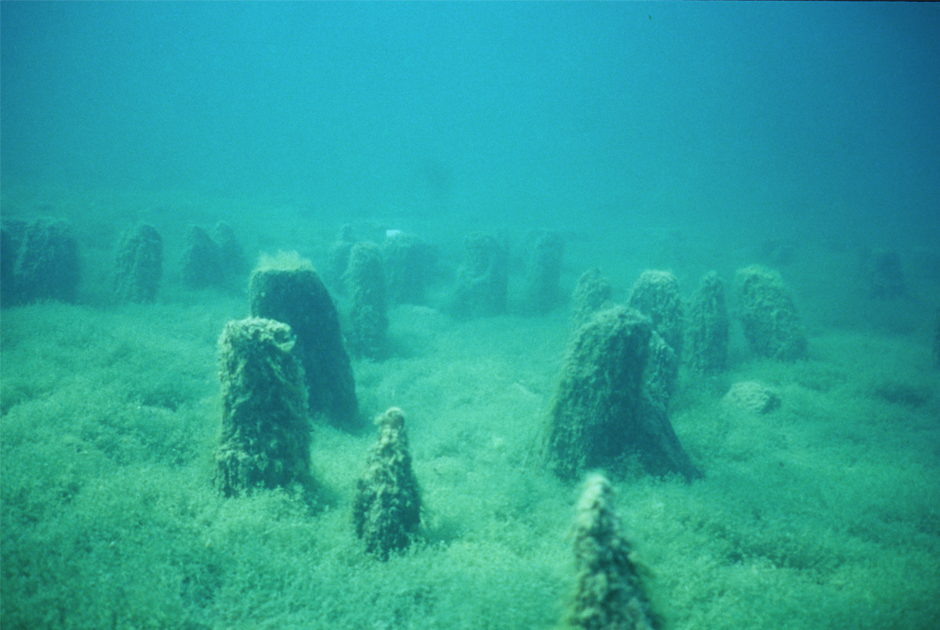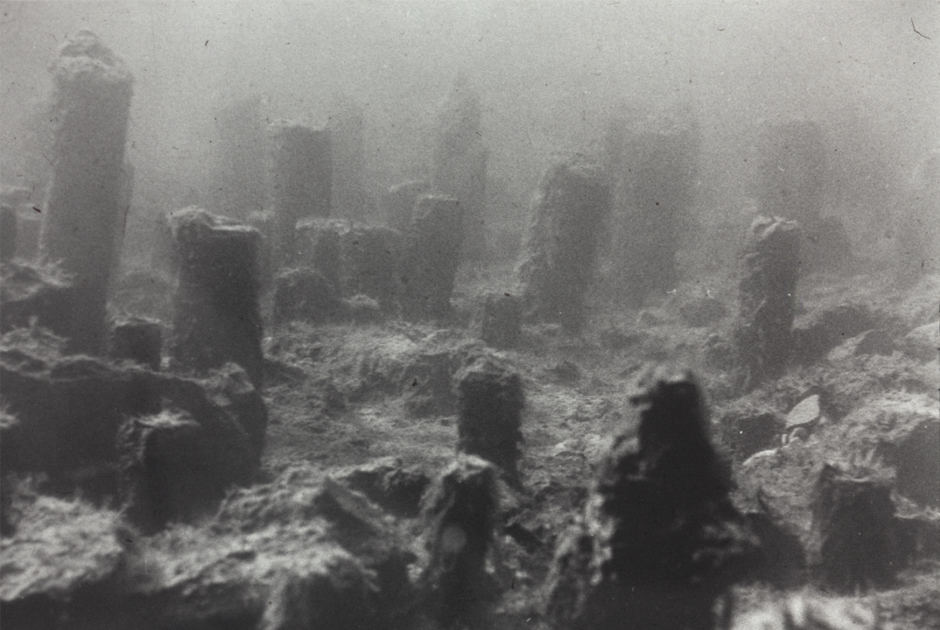Anthropology
Related: About this forumPrehistoric Pile Dwellings around the Alps
Nine pile dwellings are located on the shores of Lake Constance in Baden-Württemberg. Nine more are listed in Upper Swabia, south of Augsburg and at Lake Starnberg. Together with 93 further sites in France, Italy, Austria, Switzerland and Slovenia, they represent an archaeological legacy that dates back almost 7,000 years.
In Unteruhldingen on Lake Constance north of Friedrichshafen, wooden posts in the water still serve as reminders of the houses that once stood there. This special type of construction was an early settlement form in Europe. It offered people protection against enemies and predators, while providing access to the water and nearby shores for fishing and farming. At the museum and prehistoric pile village in Unteruhldingen, the trail featuring a barefoot track and interactive Stone Age experiences will take you on a journey back in time.
Following archaeological excavations, some of the pile dwellings were reconstructed from 1922 onwards and a small museum was established to house the numerous finds. Thanks to scientific analysis, it is now possible to accurately date the structures of entire settlements and document the history of the villages and their environment.
Textiles, dugout canoes, wagons and wheels – the oldest wheels in Europe dating from around 3,000 BC were found here – build up a picture of trading, agriculture, livestock rearing and mobility in the Neolithic, Bronze and Iron Age, as well as fascinating insights into the village life of early farmers and fishermen.
More:
https://worldheritagegermany.com/prehistoric-pile-dwellings-around-the-alps/
~ ~ ~
I have never heard of these communities until a few minutes ago, and had to post this, as it's too interesting not to make it visible to others who might not have heard of them, either. It totally astounds me!
~ ~ ~


The following overview shows the 111 sites of the serial World Heritage Site "Prehistoric Pile Dwellings around the Alps":
https://www.palafittes.org/fundstellen-en.html
Judi Lynn
(164,027 posts)02 March 2022
There is no other place where so many Neolithic pile dwellings have been uncovered as around the Alps. It is a mystery, however, how this “building boom” came to be. Researchers at the University of Basel have now uncovered new clues, and say that settlers at Lake Varese in northern Italy may have played a leading role.
When workers discovered the first pile-dwelling settlement on Lake Zurich in the mid-19th century, a whole new area of archaeological research was born. Since then, 111 pile-dwelling villages in the Alpine region have been made UNESCO World Heritage Sites, but it has so far been unclear where this unique construction method came from. Experts assumed until a few years ago that it was a local phenomenon.
Researchers led by Professor Ferran Antolín from the subject area of Integrative Prehistory and Archaeological Science (IPAS) at the University of Basel, however, have found new clues as to how pile-dwelling culture came to the areas north of the Alps. Prehistoric plant remains from a settlement from Lake Varese in northern Italy show the same composition as the crops from the oldest Swiss pile-dwelling settlements in Zurich and Egolzwil, Canton Lucerne. The researchers have reported their findings in the Journal of Archaeological Science: Reports.
Durum wheat, barley, opium poppy and flax
The team took sediment cores around a prehistoric settlement on Isolino Virginia, and determined the age of the crops in the deposits using radiocarbon dating. According to these results, this artificial island appears to have been inhabited as early as 4950 to 4700 BCE. The oldest known pile-dwelling settlements in Switzerland date back to around 4300 BCE.
More:
https://www.unibas.ch/en/News-Events/News/Uni-Research/7000-year-old-grains-hints-at-origin-of-Swiss-pile-dwellings.html
Wicked Blue
(8,395 posts)I've always enjoyed reading them.
Now, with the horrors taking place in Ukraine, they are a welcome antidote to the news.
![]()
Warpy
(114,297 posts)and easy access to things like fishing and water as much as or more than defense. In addition, all waterways were the highways of that era, goods, services, and enemies moving easily from place to place. While the water might have stymied predator animals, it wouldn't have afforded much protection from two legged predators.
Duppers
(28,453 posts)Thank you, Judi!
![]()